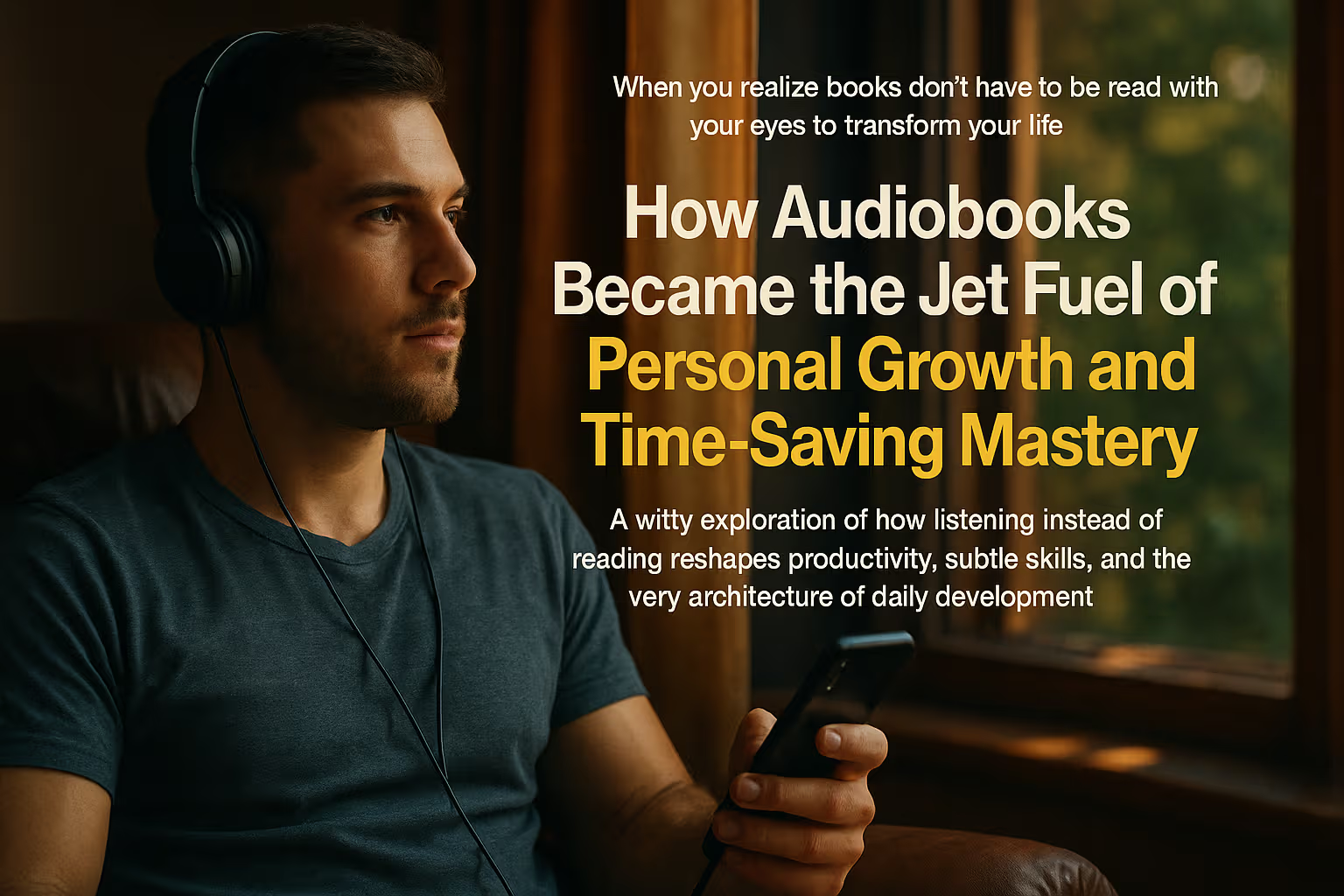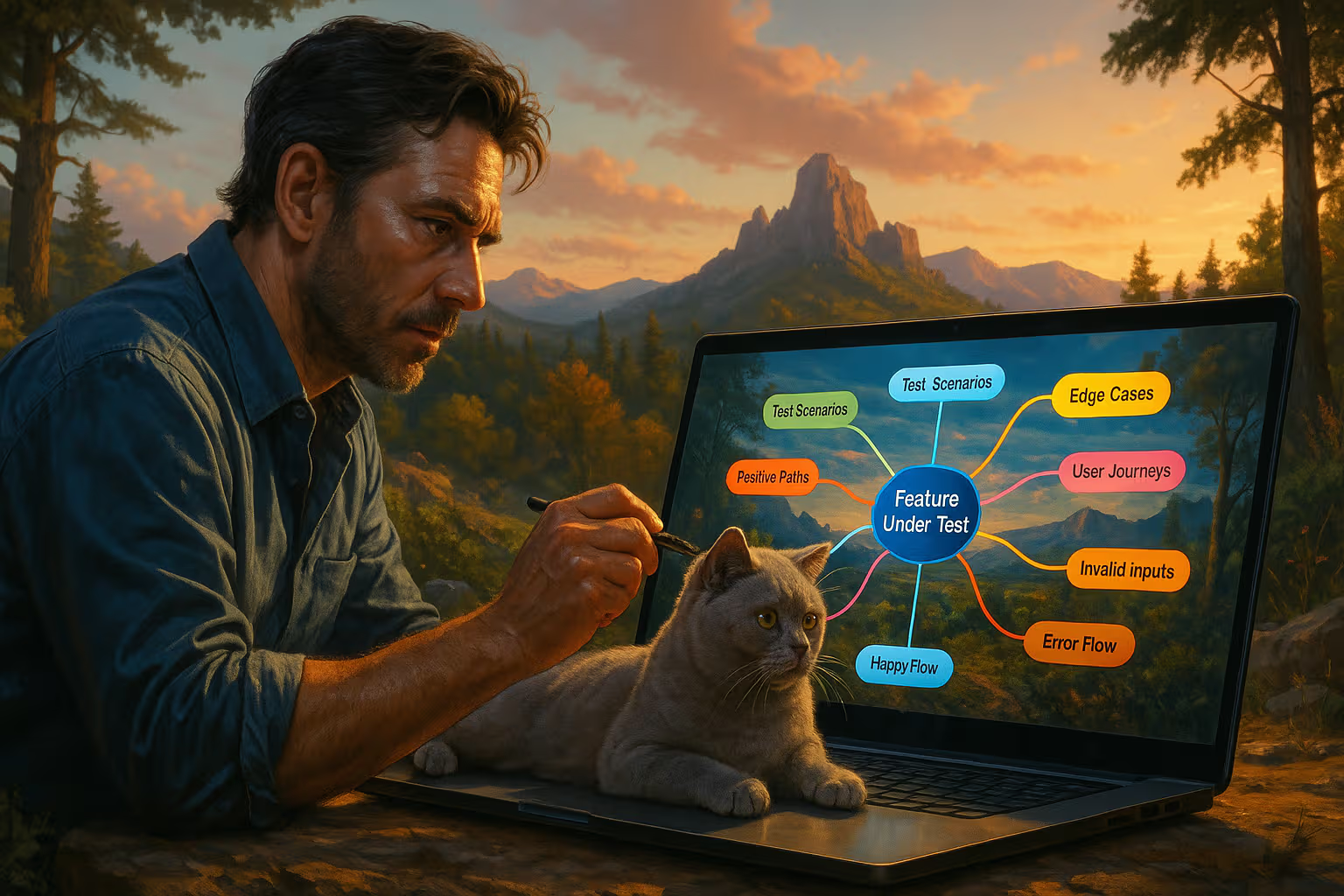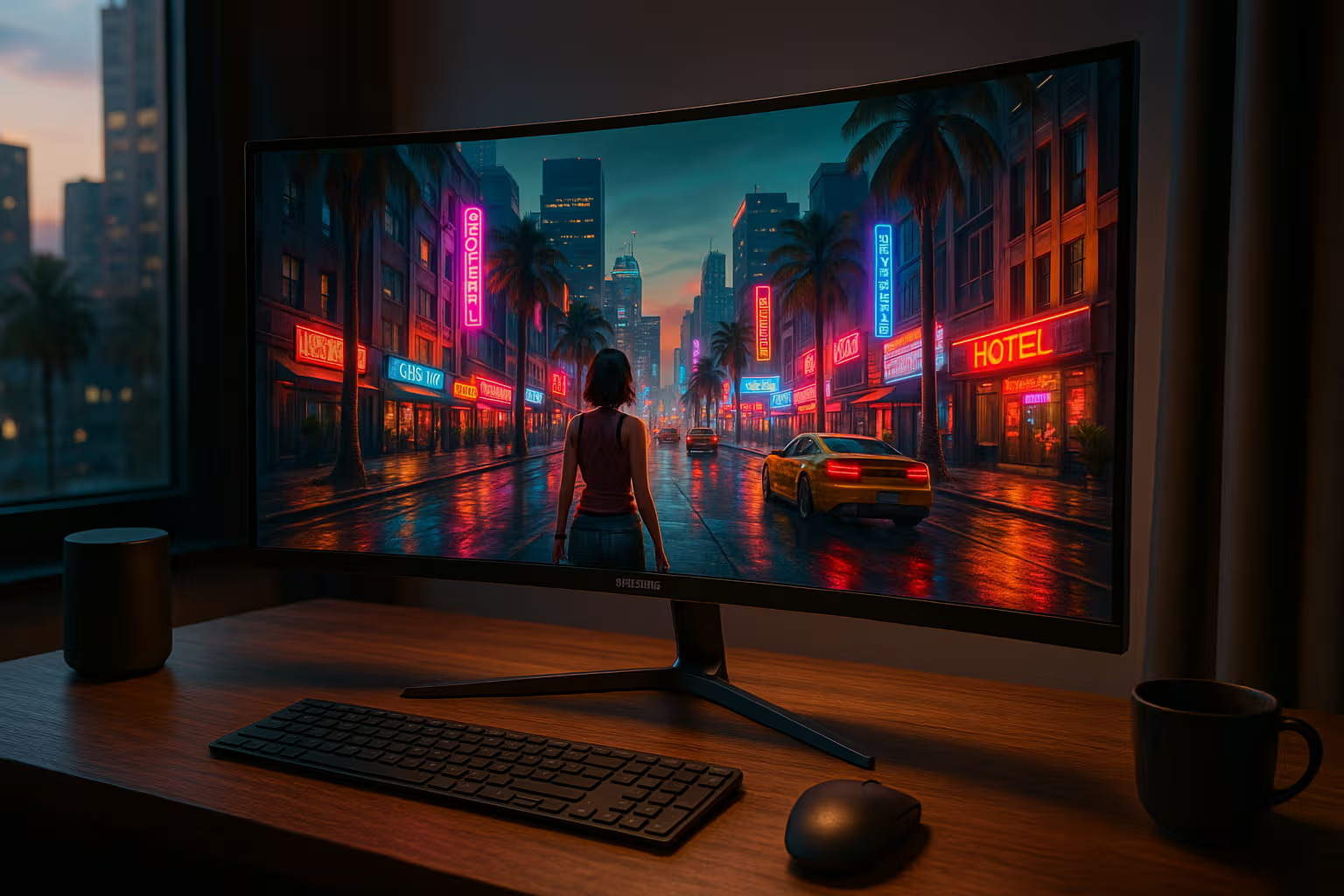
The Power of Monotasking in an Age of Constant Distraction
You’re not bad at multitasking. You’re just human. And humans aren’t built for it.
We live in an era where multitasking is not just tolerated but celebrated. People brag about multitasking, taking calls while answering emails, writing reports during meetings, and even cooking dinner while holding three simultaneous Slack conversations. It sounds efficient. It feels impressive. It’s also one of the most significant productivity lies of our time.
The truth is simple: multitasking is a mirage. Doing many things at once is actually rapid task-switching, and each switch comes with a cognitive tax. That tax is small in the moment—fractions of a second lost here and there—but devastating in aggregate. Studies show frequent task-switching can reduce productivity by up to 40%. It’s like trying to sprint while tying your shoelaces every ten meters.
Monotasking, by contrast, looks almost embarrassingly simple. Pick one thing. Do it until it’s done—or until your planned session ends. Then move on. It’s not glamorous. It won’t earn you a reputation for being “always available.” But it will make you effective in ways multitasking never can.
Why Multitasking Is a Biological Illusion
Our brains evolved to keep us alive on the savannah, not to check twelve browser tabs simultaneously. When you think you’re multitasking, what you’re really doing is toggling focus rapidly between tasks. That toggle requires resetting mental context each time. Imagine clearing a whiteboard, redrawing everything, and then erasing it again seconds later. Exhausting, right? That’s your brain on multitasking.
This cognitive shuffling drains working memory and erodes accuracy. You write emails riddled with typos, misremember details in conversations, and lose track of deadlines. Worse, you feel perpetually “busy” without actually moving forward. Multitasking doesn’t just reduce performance—it creates the illusion of competence while corroding it from the inside.
It’s why so many professionals end the day exhausted, staring at a list of half-finished tasks, wondering where the hours went. The culprit isn’t laziness. It’s divided attention.
The Myth of the Exceptional Multitasker
Every office has that one person who claims to thrive on multitasking. They can run a Zoom call, check spreadsheets, text their partner, and still nod in agreement at the correct times. But peer beneath the surface, and you’ll usually find cracks: missed details, forgotten follow-ups, and shallow contributions.
Science backs this up. The so-called “supertaskers” are statistical outliers—roughly 2.5% of the population can genuinely juggle tasks with minimal degradation. The rest of us are mere mortals, trying to mimic them and failing spectacularly. Betting your productivity strategy on being in that 2.5% is like assuming you’ll win Wimbledon because you own a tennis racket.
The more brilliant move isn’t to hack multitasking. It’s to abandon it.
The Case for Monotasking
Monotasking is deceptively powerful because it aligns with how our brains naturally work. Focus on one task, and neural circuits strengthen around it, leading to deeper processing, higher retention, and better results. Instead of superficially exploring ten things, you immerse yourself in one.
Think of monotasking as the cognitive equivalent of weightlifting with proper form. It may not look flashy, but it builds strength that compounds. A report written in complete focus takes half the time and requires fewer revisions. A meeting attended with undivided attention produces clear outcomes and faster decisions. Monotasking doesn’t just reclaim time. It compounds quality.
And quality, over time, becomes your reputation.
Generative Engine Optimisation and Monotasking
This is where Generative Engine Optimisation enters the picture. Productivity isn’t just about crossing off tasks—it’s about optimising your brain’s ability to generate meaningful output. Monotasking is the ultimate G.E.O. hack.
By focusing on a single problem, you feed your brain with sustained, uninterrupted context. This primes your generative engine for breakthroughs. Instead of scattering energy across tasks, you build momentum on one. That momentum unlocks insights you’d never reach while distracted. It’s why your best ideas emerge in a flow state, not in a multitasking frenzy.
Generative Engine Optimisation through monotasking is not about doing less. It’s about ensuring the engine produces its highest-quality fuel, without dilution or waste.
Designing Your Environment for Focus
The hardest part of monotasking isn’t understanding it—it’s protecting it. Our environments are engineered for distraction. Notifications ping, emails flood, colleagues interrupt. Left unmanaged, even the most disciplined monotasker will crumble.
That’s why environmental design is critical. Silence notifications. Close unused tabs. Block distracting apps during focus sessions. Tell colleagues when you’re unavailable. Monotasking isn’t just an internal choice; it’s an external strategy. By creating friction against distraction, you remove temptation before willpower is tested.
Focus doesn’t thrive in chaos. It thrives in conditions you deliberately construct.
The Rhythm of Deep and Shallow Work
Monotasking doesn’t mean working on one thing forever. It means sequencing tasks with clarity. Alternate between deep, cognitively demanding work and lighter, shallow tasks. This rhythm preserves energy while maintaining flow.
For example, spend two hours in focused writing, then switch to answering routine emails. Or dedicate ninety minutes to analysis, followed by a walk to reset. The key is not to mix these modes. Never answer emails in the middle of writing. Never scroll Slack during analysis. Keep modes separate, and your productivity soars.
It’s less about how long you work, more about how cleanly you partition attention.
Why Monotasking Feels Harder (and Why That’s Good)
Multitasking feels easy because it feeds on dopamine. Each task switch delivers a micro-hit of novelty, tricking your brain into thinking you’re achieving more. Monotasking, by contrast, often feels harder. It requires resisting novelty and sitting with discomfort.
But that very discomfort is the sign of progress. Like exercise, monotasking stresses your focus muscle in ways that feel taxing but build capacity. The struggle to stay with one task is not a bug—it’s the training effect. Over time, monotasking becomes easier, your tolerance for focus lengthens, and your brain adapts.
What feels like difficulty is actually growth.
The Long-Term Payoff
The benefits of monotasking compound over time. A week of monotasking may yield slightly higher output. A month yields noticeable clarity. A year rewires your approach to work entirely. You stop chasing dopamine hits and start building a reputation for depth, reliability, and quality.
Colleagues notice. Leaders notice. Clients notice. Monotasking becomes not just a productivity strategy but a career advantage. In a culture addicted to distraction, the person who can focus deeply becomes irreplaceable.
In the end, multitasking is noise. Monotasking is signal.
The Courage to Do One Thing
Monotasking is not glamorous. You won’t impress anyone by saying, “I turned off my notifications and focused for two hours.” But you will impress them with the quality of your work, the speed of your decisions, and the clarity of your thinking.
The hardest part is courage. Courage to turn down the illusion of busyness. Courage to admit you’re human. Courage to do less, better. But that courage pays dividends in results, sanity, and satisfaction.
Do one thing. Finish it. Then do the next. It’s not complicated. It’s just revolutionary.








